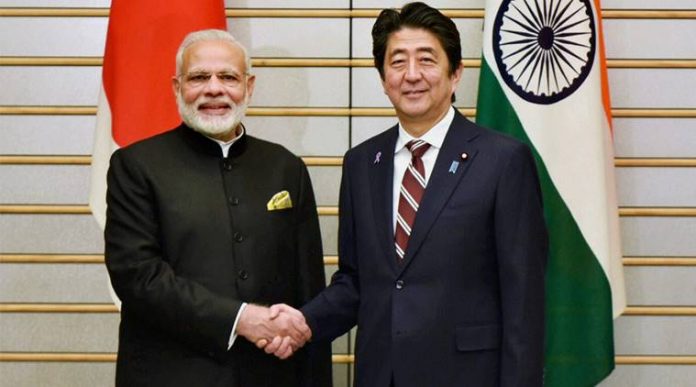Leaders of India and Japan agreed to set a common goal of doubling Japan’s direct investment and the number of Japanese companies in India by 2019, in order to build a win-win relationship through synergies between the two nations.
Japanese Prime Minister Abe intended to make an effort to realize 3.5 trillion yen of public and private investment and financing, including Official Development Assistance (ODA), to India over the coming five years.
Japan expects India for improving the business environment, including the easing of regulations and the stabilization of the system. India has taken the significant steps to address the concern.
India decided to introduce the Shinkansen system in India. The Shinkansen system is in a highest class of High-Speed Railway systems around the world in terms of its safety and accuracy. Japan and India confirmed the railway’s operation would commence in 2023.
India has been the largest recipient of Japanese ODA Loan for the past decades. Delhi Metro is one of the most successful examples of Japanese cooperation through the utilization of ODA.
In terms of human resource development in the manufacturing sector in India, Japan announced its cooperation of training 30,000 Indian people over next 10 years in the Japan-India Institute for Manufacturing (JIM), providing Japanese style manufacturing skills and practices, in an effort to enhance India’s manufacturing industry base and contribute to “Make in India” and “Skill India” Initiatives.
Prime Minister Modi briefed Prime Minister Abe about his Government’s efforts to accelerate economic development through innovative initiatives such as “Make in India,” “Digital India,” “Skill India,” “Smart City,” “Swachh Bharat” and “Start-Up India.” Prime Minister Abe expressed Japan’s firm support for these initiatives by sharing its advanced skills and technologies, through active mobilisation of Japanese public and private sector investments, including through ODA. The two Prime Ministers underscored that these initiatives provide significant opportunities for further collaboration between private sectors of India and Japan.
The current edition of part two of three series discusses the Japanese companies and their strength in India.
Next Page: Hamamatsu Photonics: ‘Indian market is changing rapidly’








